OTOY has announced the release of OctaneRender 2020.1, an update to its GPU accelerated unbiased path-traced renderer. New features of OctaneRender 2020.1 include:
- NVIDIA OptiX 7 RTX GPU Hardware Acceleration promising 2-3x speed increases in many scenes using RTX on and up to 15-30x accelerations in fully RTX optimised scenes
- Fast Spectral Random Walk SSS Skin and Spectral Universal Hair Material for fast unbiased, GPU based sub-surface scattering
- C4D Native GPU Noises for procedural OSL-based Textures and Effects
- OSL Volume Shaders and Artist-Friendly Complex Material Layers for intuitive node-based material creation in OctaneRender
- Universal Camera with OSL Distortion Maps, Split Focus Diopter, Optical Vignetting, Aperture Texture and In-Camera controls for advanced DOF, Aberration and Distortion
- GPU Volume Displacement and Vectron Volumes bringing fully procedural Volumes to the Octane Node Graph along with new Vectron Mesh and Volume Operators
- Octane Spectron Light Primitives with 4x faster Quad and Point Spectron Lights, Procedural Spread functions, and new Gobo Filters and Lights
- LiveDB OSL Procedural Shaders including Autodesk’s 3DSMax shader repository, and rebuilt Utility Nodes from OTOY Forums easily accessible within LiveDB
- Native Curve and Point Primitive Attributes
- Improved Rounded Edges with additional artist controls
- ACES and Advanced Color Management with ACES EXR export
- Other new features include: a Universal Dirt System, Volume Shadow Step Length controls, an improved Daylight System Sky Model, and a Hydra Render Delegate supporting the Houdini 18 Solaris viewport
Alongside this release, OTOY has also announced the public release of RNDR, a blockchain-based rendering solution that promises to enable “artists to scale GPU cloud rendering on a vast network of decentralized GPUs to levels never before possible”. OTOY explain the concept: “The Render Network is designed to connect users looking to perform render jobs with people who have idle GPUs to process the renders. Owners would connect their GPUs to the Render Network in order to receive and complete rendering jobs using OctaneRender. Users would send RNDR to the individual performing the render work and OTOY would receive a small percentage of RNDR for facilitating the transaction and running the Render Network.
Read the full press release on OTOY’s website and see more and RNDR on RenderToken.com.

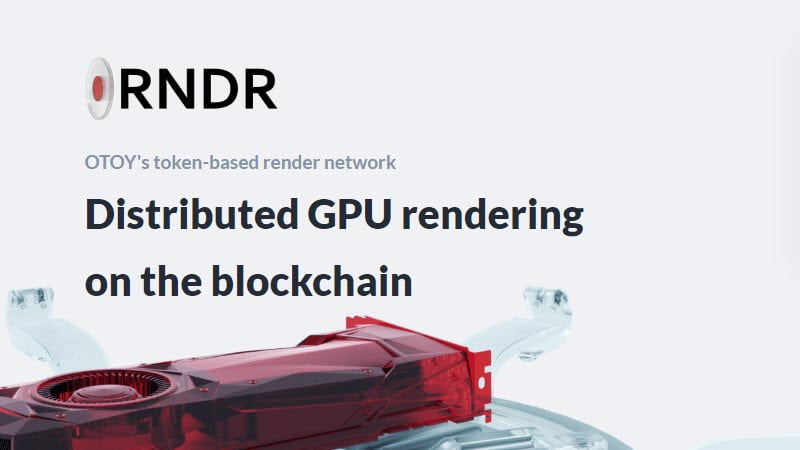
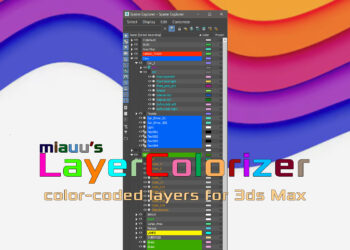
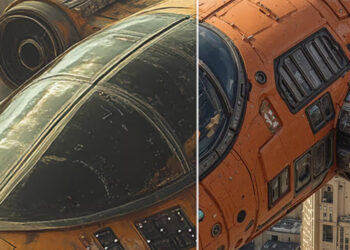
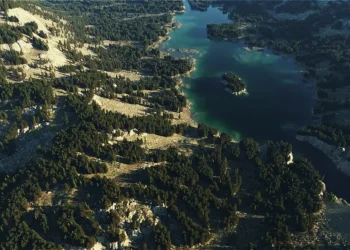

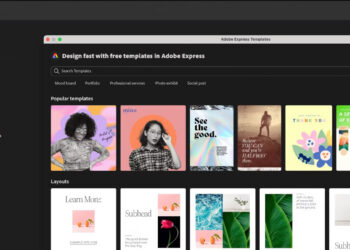


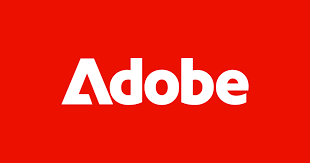

Interesting concept for rendering. I wonder what consists of a “render job”, is it a consistently sized chunk of data? Or defined by the render job coming in?